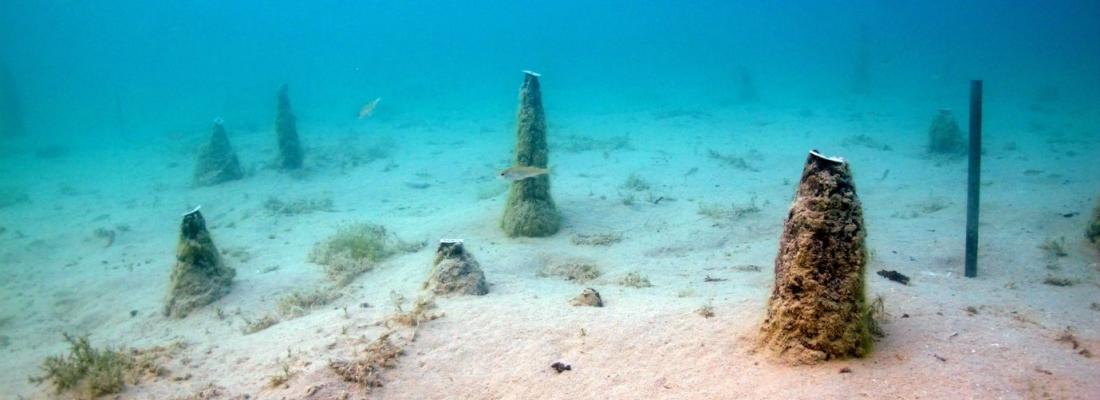Biodiversity Reading time 3 min
A new history for forests: unlocking the secrets of ancient wood genomes
Published on 08 February 2023

White oak species such as pedunculate oak and sessile oak make up more than one third of forest in Europe. Understanding their evolution over the past 10,000 years will help identify how these species, which have particularly high genetic variability, were able to adapt to diverse environmental conditions throughout Europe, and thus predict their responses to current and future climate changes.
The first genomes from ancient trees
The researchers first needed to prove that it was possible to obtain full genome data from wood remains found in archaeological settings. Sequencing wood is a considerable challenge, as wood is a particularly poor source of DNA. Over time, the little DNA that is present in wood tissue also begins to degrade. By successfully extracting and sequencing DNA from wood samples, ranging in age from 500 to 3,700 years old, taken from waterlogged contexts, researchers made an important breakthrough in methodology, representing a major advance for science at an international level.
Understanding forest species and their history
While the four main species of oak found in Europe today have marked morphological differences in leaf shape and ecology, they cannot be differentiated through observation of their wood. Genomic analysis however can remove any doubt about the species in question. DNA can also reveal the wood’s geographic origin. Consequently, researchers were able to determine that the oak wood remains collected in the Seine Valley came from a local maternal line, while the remains that were discovered in an archaeological site in northern Germany came from the Italian Peninsula, and the wood remains discovered in southern Germany were originally from the Balkans. These findings shed further light on the dynamics of forest composition in prehistoric times.
The study’s second major focus was to look at genetic diversity in oak species over the past thousands of years. Researchers found that genetic diversity remained stable despite the multiple environmental changes that took place during the period.
The third focus area was to use genetics to determine if the three wood remains came from trees with early or late leaf unfolding. In this way, the researchers were able to use simple wood remains to paint a picture of each tree in its environment and the characteristics it developed while it was alive.
These findings underscore the value of wood preserved in waterlogged contexts as an invaluable source of tree paleogenomes, which provide far-reaching insights into forest ecosystems of the past, and their response to climate changes and human pressures.
Reference
Wagner S., Seguin-Orlando A., Leple J.C. et al. (2023). Tracking population structure and phenology through time using ancient genomes from waterlogged white oak wood. Mol Ecol, doi: 10.1111/mec.16859.
